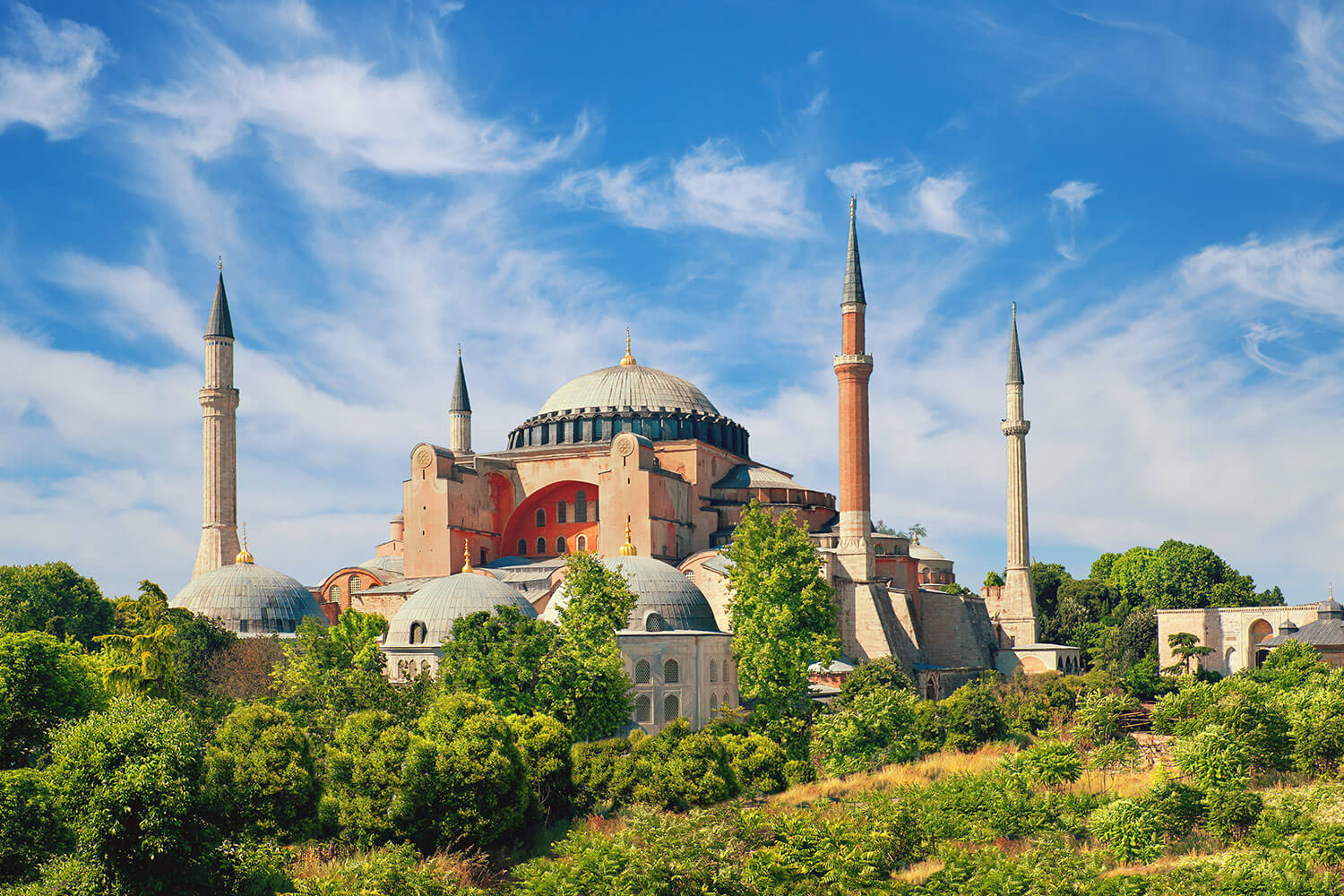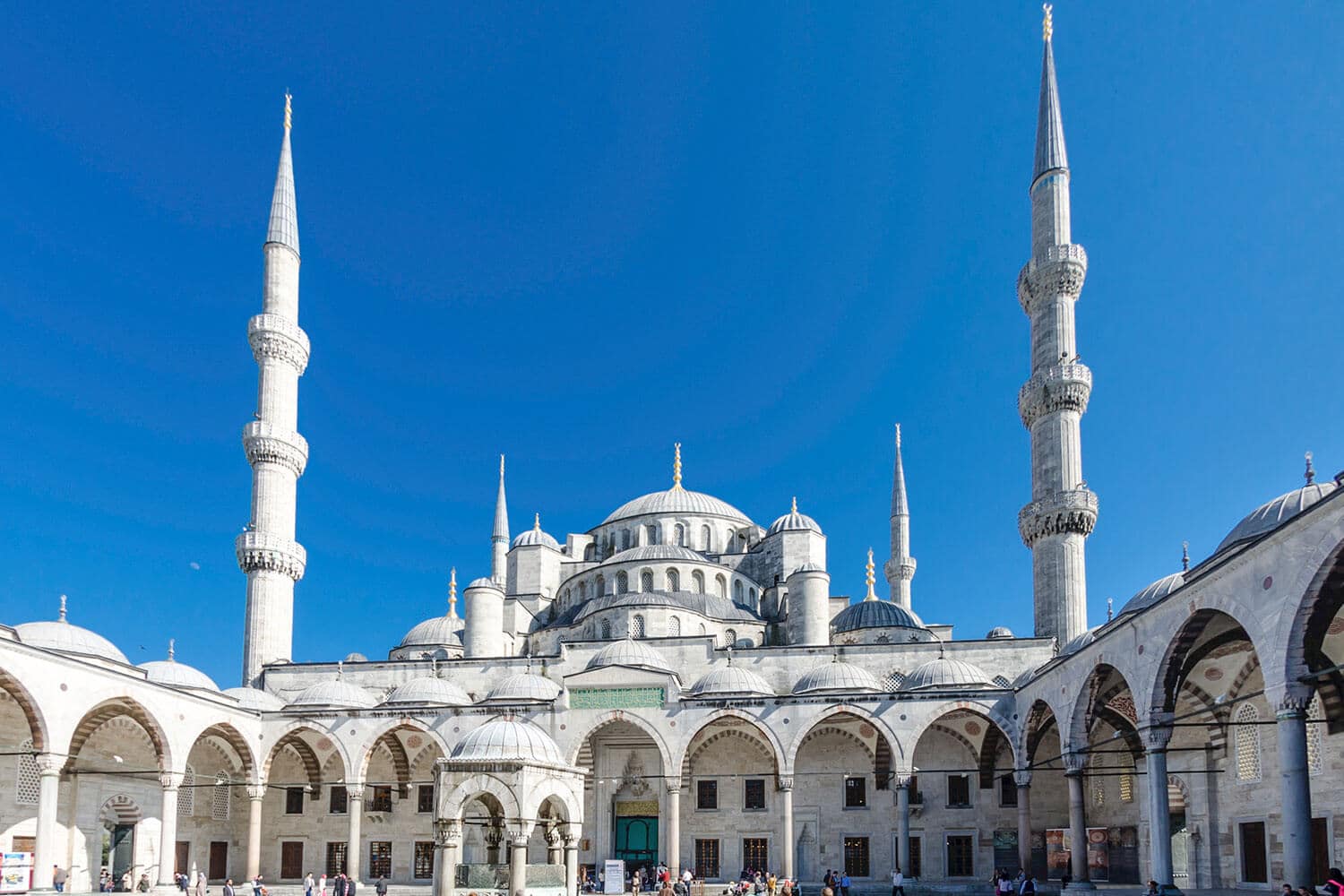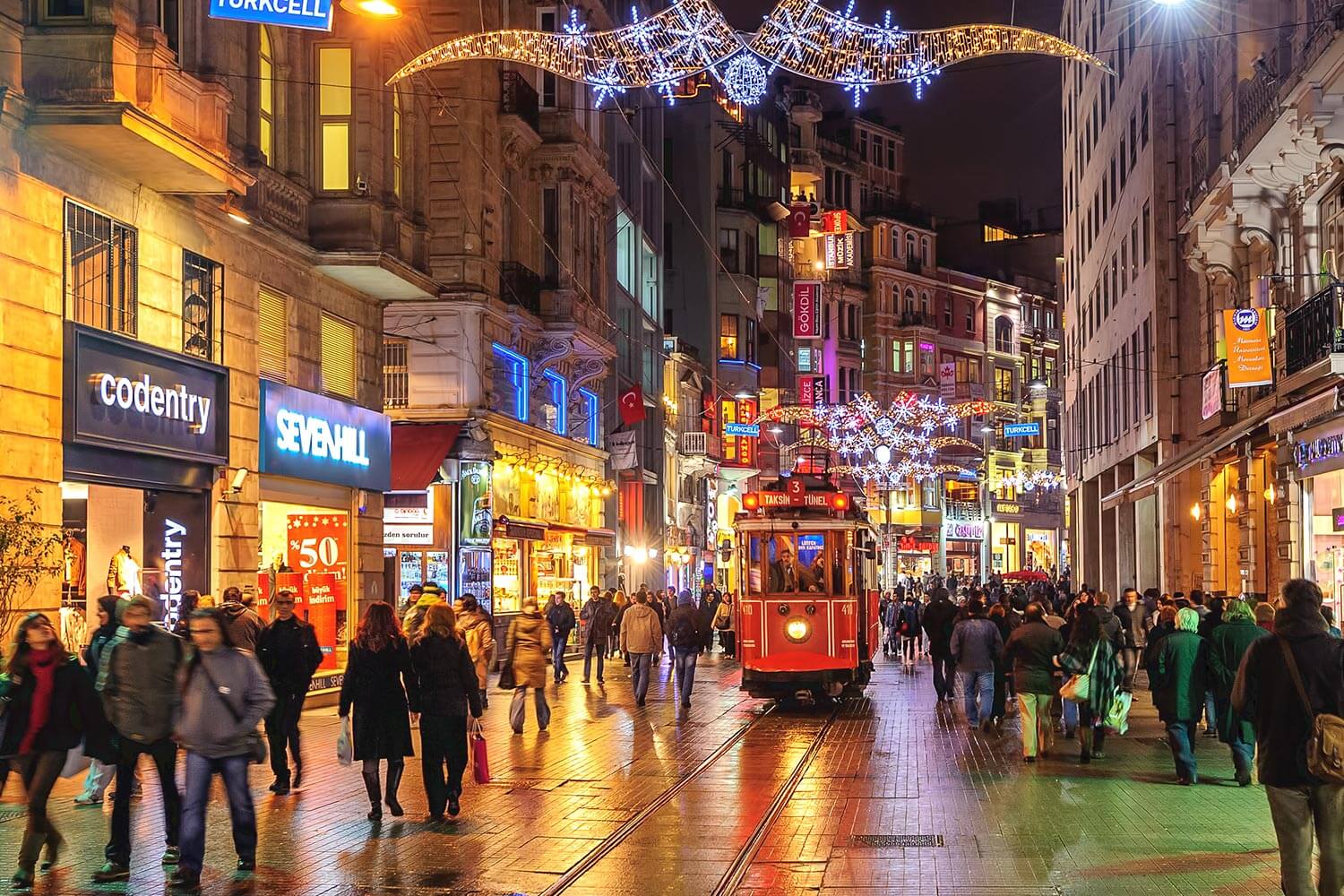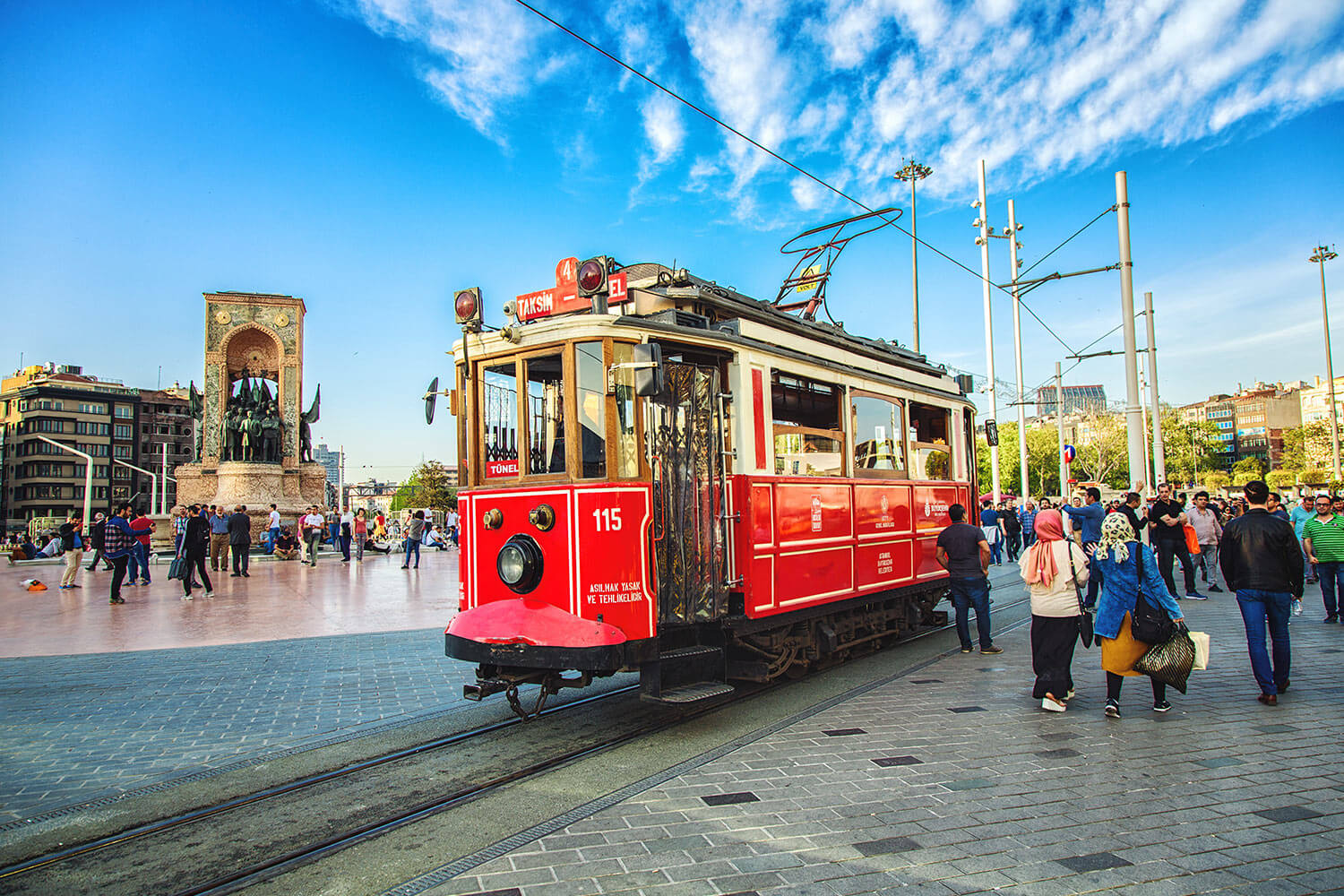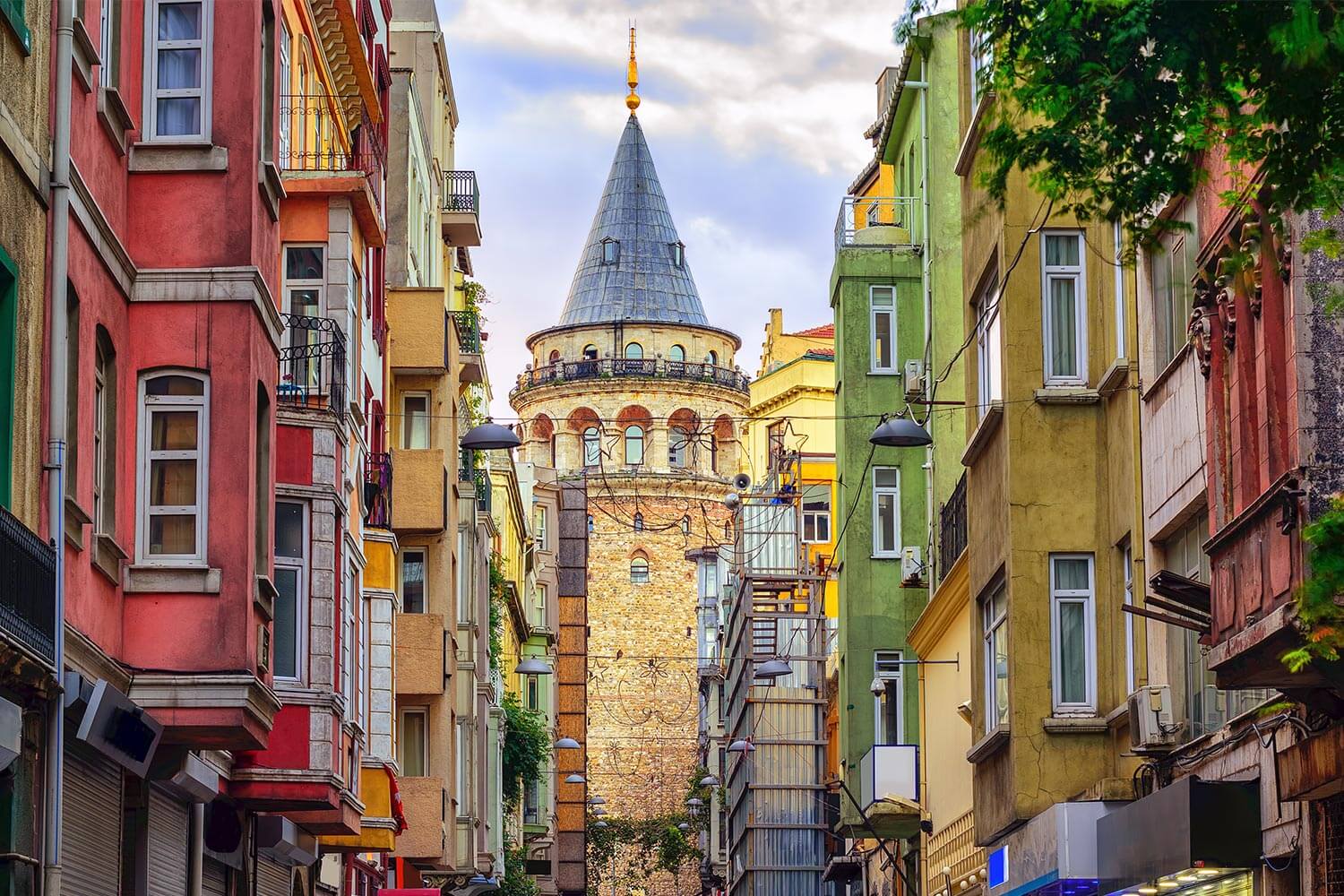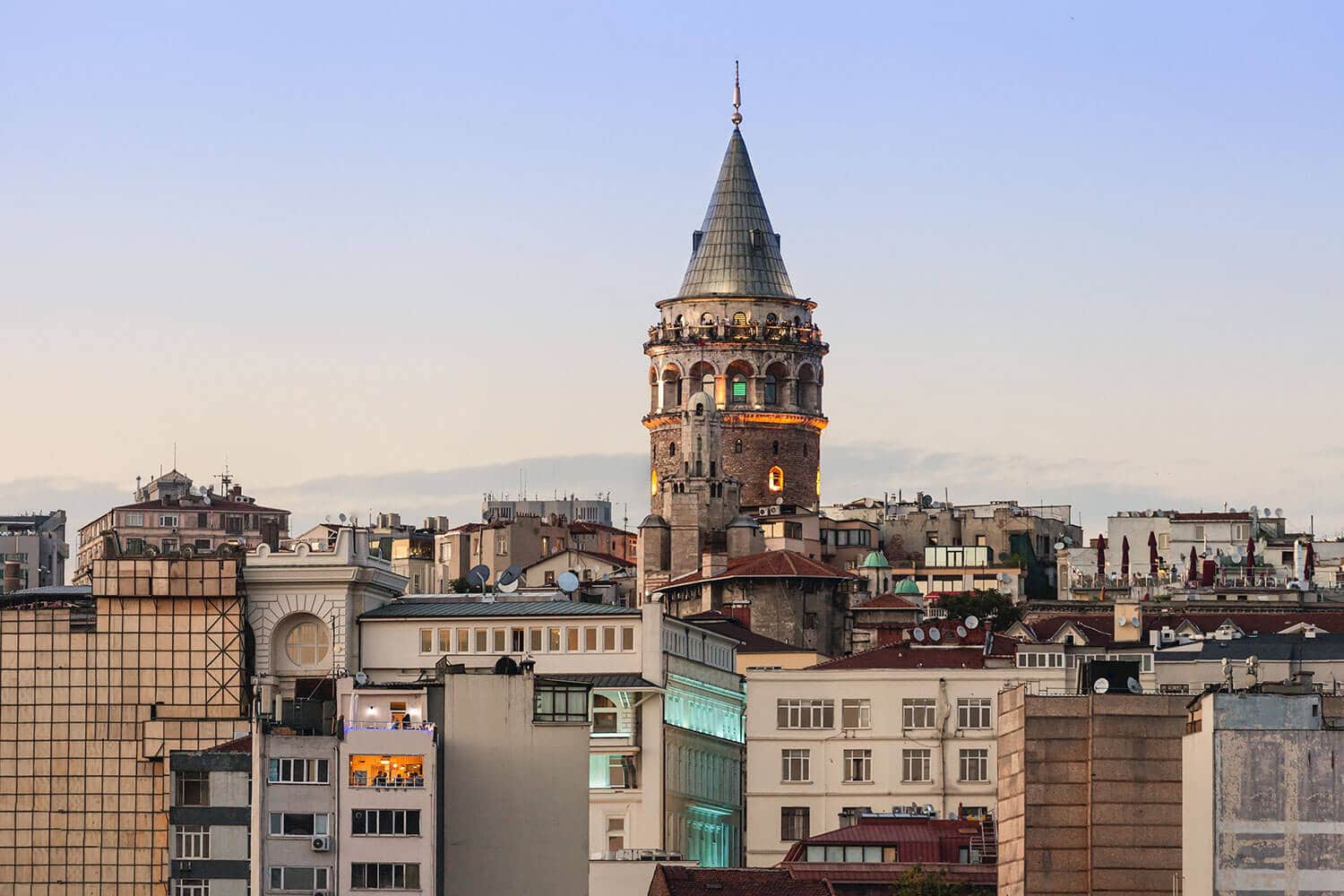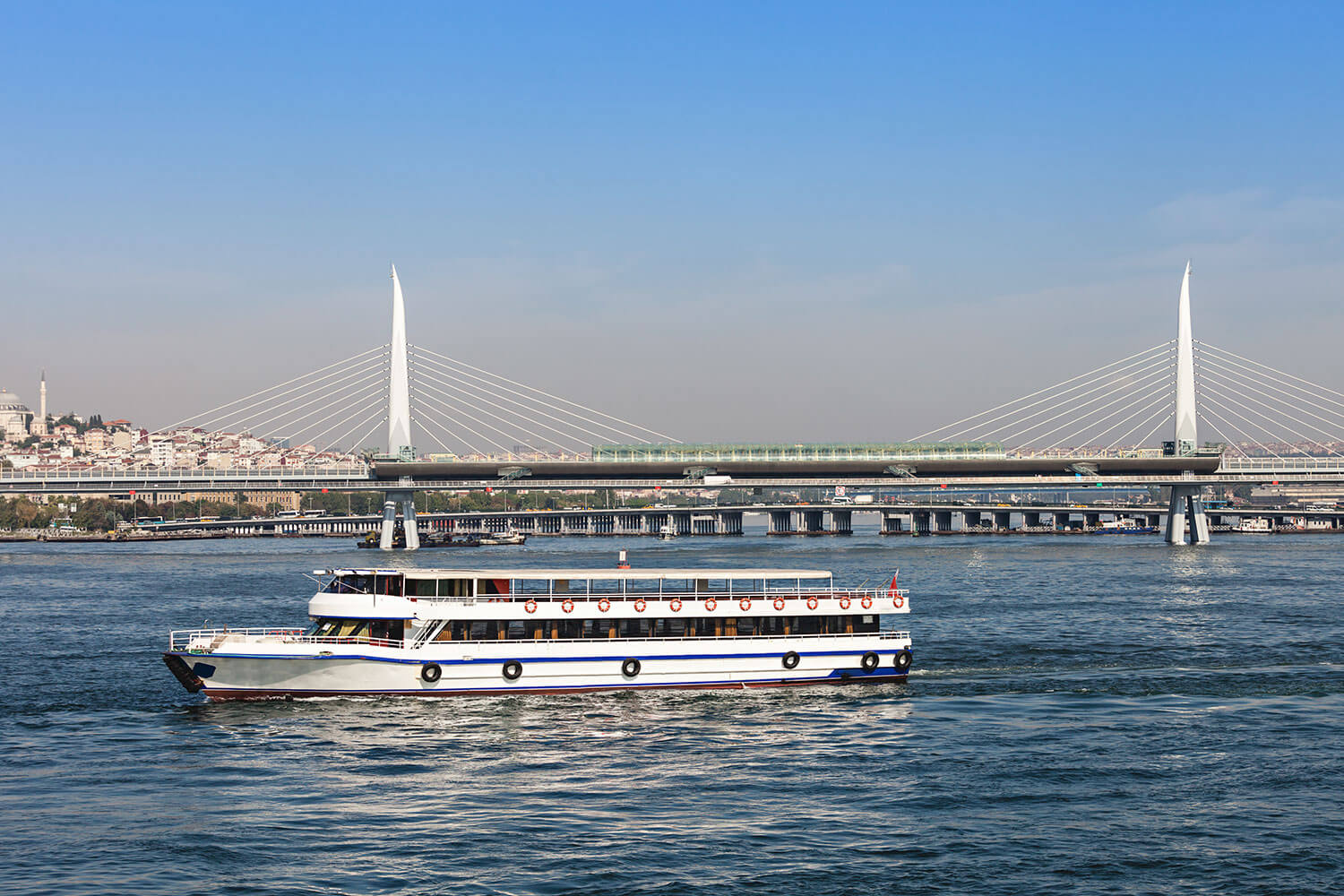Dolmabahce Palace is a remarkable architectural masterpiece with several noteworthy areas to explore. Here are some of the best places to visit within Dolmabahce Palace:
Ceremonial Hall (Muayede Salonu): The Ceremonial Hall, also known as the Muayede Salonu or Crystal Gallery, is one of the highlights of Dolmabahce Palace. It features an enormous crystal chandelier, intricate ceiling decorations, and a magnificent setting for special events and ceremonies.
Main Entrance Hall: Step into the grand Main Entrance Hall, also called the Marble Hall, adorned with marble columns and a stunning crystal chandelier. This hall sets the tone for the opulence and grandeur found throughout the palace.
Blue Staircase: Ascend the Blue Staircase, a beautiful marble staircase adorned with blue and gold accents. The intricate details and elegant design make it a striking feature of the palace.
Sultan’s Suite: Visit the Sultan’s Suite, where the sultans resided during their stays in Dolmabahce Palace. Explore the lavish rooms, including the Sultan’s Bedroom, Reception Room, and Study, which showcase exquisite furnishings and ornate decorations.
Harem: Discover the Harem, the private section of the palace reserved for the sultan’s family and their court. Explore the opulent chambers, including the Queen Mother’s Apartments, Sultan’s Apartments, and Courtyard of Concubines.
Crystal Staircase: Admire the breathtaking Crystal Staircase, adorned with crystal balustrades that reflect light and create a stunning visual effect. This iconic staircase is a favorite spot for photography.
Palace Gardens: Take a leisurely stroll through the palace gardens, which offer beautiful green spaces, manicured lawns, and picturesque views of the Bosporus. Enjoy the serenity of the surroundings and the scent of blooming flowers.
Dolmabahce Mosque: Visit the Dolmabahce Mosque, located within the palace complex. This elegant mosque showcases a blend of Ottoman and European architectural styles, with intricate designs and beautiful interior details.
State Apartments: Explore the State Apartments, which include the Ceremonial Hall, Ballroom, Throne Room, and Reception Room. These impressive spaces were used for official functions and gatherings.
Palace Kitchens: Gain insight into the culinary traditions of the Ottoman Empire by visiting the Palace Kitchens. These kitchens were equipped with advanced technology for their time and catered to the palace’s extensive needs.
Royal Portrait Gallery: Marvel at the Royal Portrait Gallery, displays a collection of portraits of the Ottoman sultans. Admire the detailed artwork and learn about the rulers who resided in Dolmabahce Palace.
Palace Treasury: Visit the Palace Treasury, which houses a collection of precious artifacts, including jewelry, ceramics, and gifts presented to the sultans. Explore the rich history and craftsmanship displayed in these exhibits.
Palace Exhibition Rooms: Discover the exhibition rooms that showcase various items related to the palace’s history and the Ottoman Empire. These rooms feature documents, photographs, and historical objects that provide insights into the palace’s past.
Dolmabahce Clock Tower: Step outside the palace to view the Dolmabahce Clock Tower, an elegant structure adjacent to the palace that adds to the overall grandeur of the area.
Bosporus Views: Enjoy the stunning views of the Bosporus Strait from different vantage points within the palace, including the waterfront areas and certain palace windows. The scenic vistas offer a picturesque backdrop to your visit.





